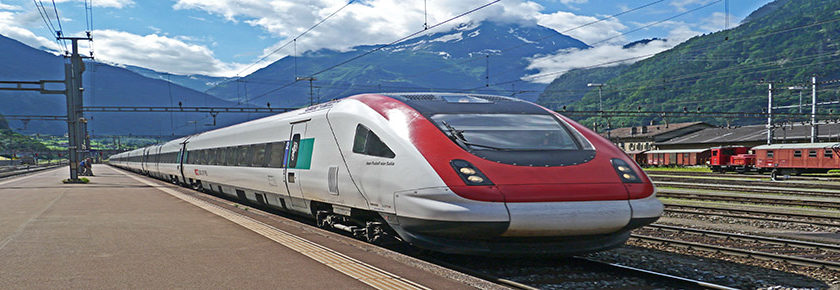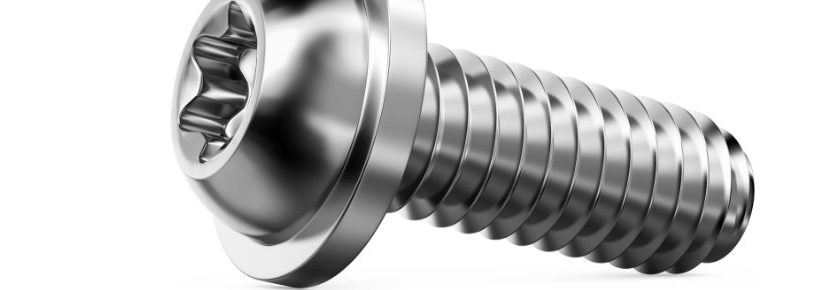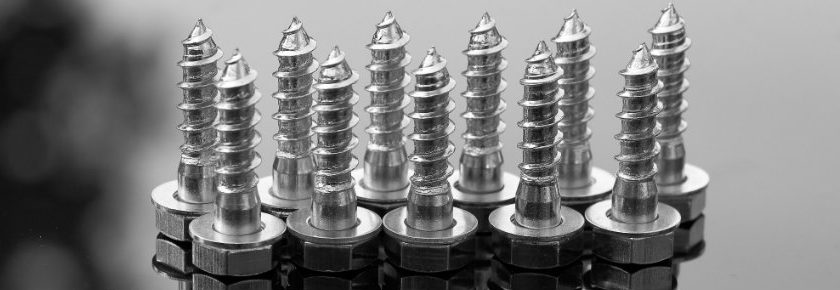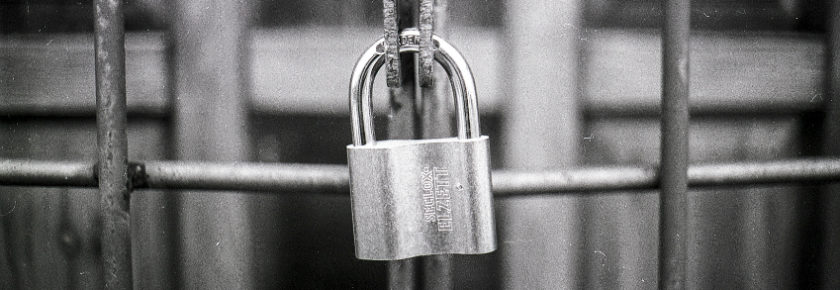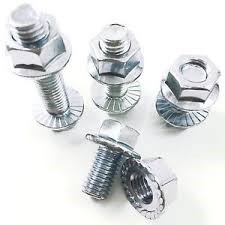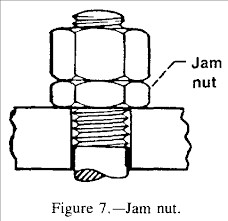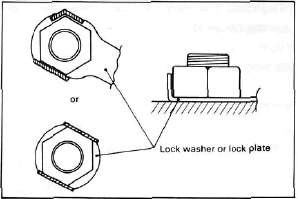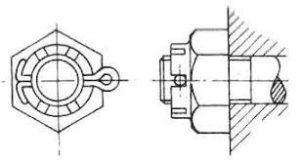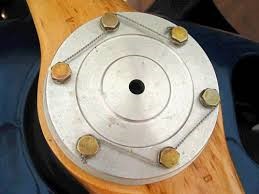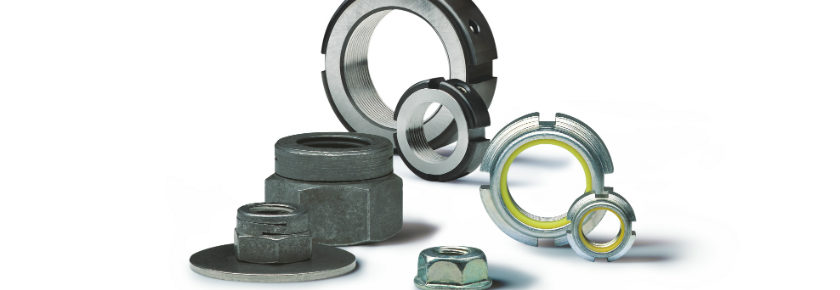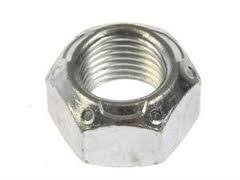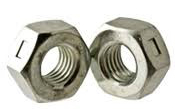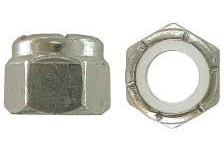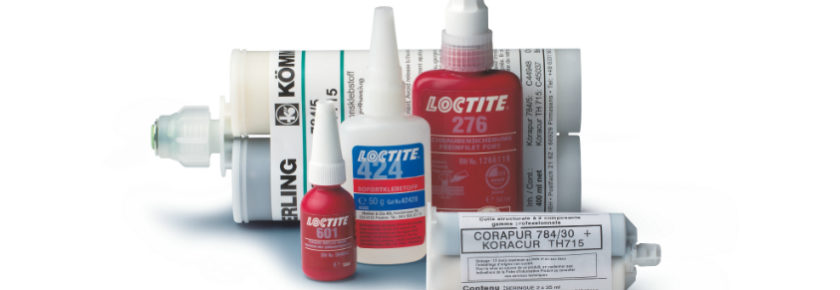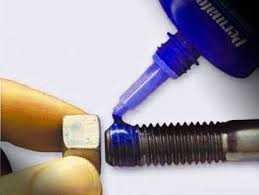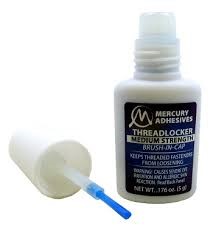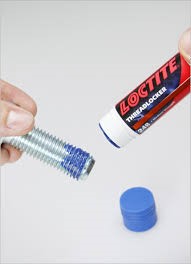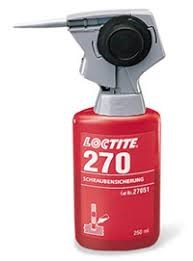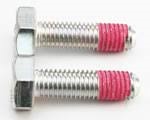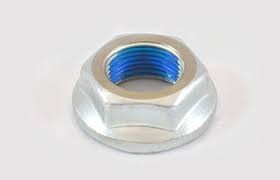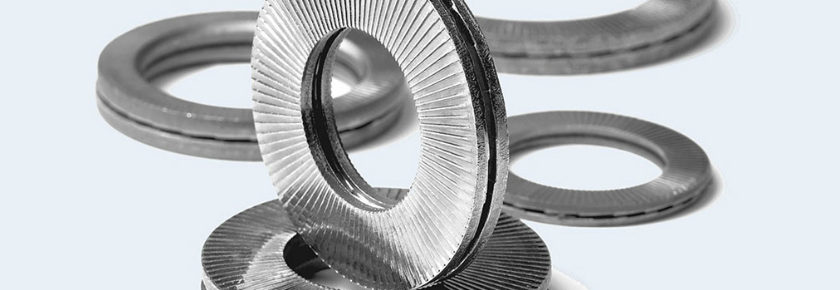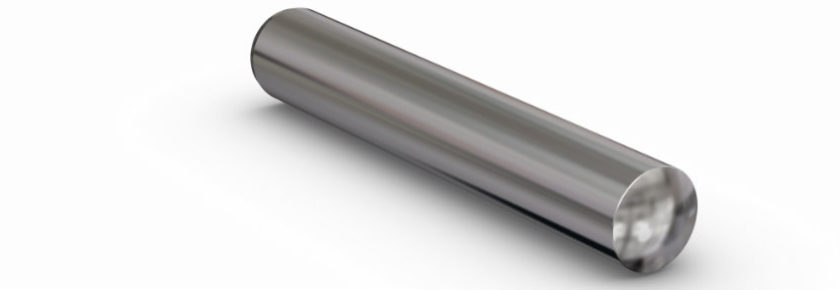When it comes to selecting the proper railway products, perhaps the most important component to consider is the materials you choose to use for the train’s energy supply. All of Bossard’s energy supply fasteners are designed to meet the highest safety protection and reliability standards. This includes high corrosion and vibration resistance, as well as built-in fire protection.
For instance, Bossard’s barb cable ties are specially made for railway applications. These versatile ties can be used wherever personal and asset protections are a priority. Made with a steel locking barb to ensure stable and strong bonding, they have an impressive durability.
To further prove our emphasis on safety, our resilient conical washers will not loosen due to crushing, wear, vibration, or even material expansion. We also offer wrap sleevings to organize and bundle pre-assembled cables in a flame-retardant, self-extinguishing, and halogen-free material that is built to withstand fire and heat. Similarly, our coating products are all manufactured to be safe, clean, and efficient with remarkable temperature and corrosion resistance. Plus, they come in a range of decorative hues to match whatever color scheme you choose.
When it comes to protecting your passengers and cargo, Bossard’s railway energy supply products have you covered in terms of reliability, quality, and a steadfast commitment to safety.
For more detailed information and to learn more about the quality products Bossard offers, download our complete Railway brochure here, or contact us directly at ProvenProductivity@bossard.com.


